One of the most vital parts of a horror film, book (or even a real life experience!) is the atmosphere and aesthetics of the interior scenes. Whether it be a Victorian rocking chair, peeling wallpaper, or distorted architectural scale, this series of blogs will explore what makes an Intimidating Interior.
It’s believed by many that the paranormal exists and that ghosts are most certainly real, and that the history and cultural context of a building directly influence the level of “dark residual energy” – which is what, according to most legends, space must have to be “haunted”.
However, the design of a space can evoke a reaction, which refers to architecture and interiors throughout historical eras and in their design styles, decisions and influences of trends in their time of construction.
But does something always have to be ‘old’ to be ‘scary’? When we think about how to achieve the title of haunted, the suggestions below come to the mind:
Specific Use or Lack of Use
Poveglia mental hospital, Venice, Italy – Photography by Ransom Riggs
http://mentalfloss.com/article/24658/strange-geographies-happy-haunted-island-poveglia
Hospitals, asylums, churches… why are they so creepy? It’s probably due to the fact that their scale is so large and looming, but also because humans personify buildings and give them a life of their own depending on their use. Abandoned buildings create a perfect horror scene, where the building’s life ends (unless of course it’s brought back to life with refurbishment and even in that case, ‘haunting’ tends to remain), nature takes over, engulfing and often completely transforming any ruins that stand after abandonment.
The Culture of the Local Community
Church of the Nine Ghosts, Lukova, Czech Republic – Photography by Roman Robroek
https://www.catersnews.com/stories/amazing/abandoned-church-with-ghosts/
No matter the use, age, history, the location of a place will always directly link to the surrounding community and their fundamental beliefs, usually with a religious influence. Perhaps this is why the Gothic style of Christian churches has influenced horror so much.
Tragedies on the Site
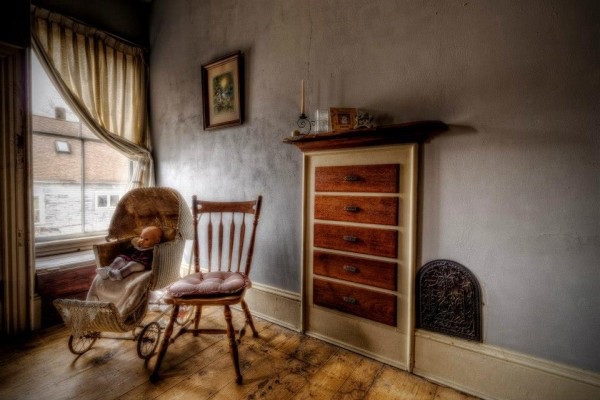
https://www.littlethings.com/decorative-house-wont-sell/?vpage=2&utm_medium=google
Tragedies evoke an emotional, empathetic response in most people. The human tendency is to mourn for people who have lost their lives even if they’ve never visited the place themselves. It seems one of the most common factors to a haunted building is the possibility of “residual energy” after someone passes away. Even people who don’t believe in ghosts will think twice about buying a haunted house!
Sheer Suggestion
Research by Lange and Houran in 2002 found that those who were told that a property was haunted were much more likely to report unusual experiences while walking through a building than those who were simply told that the same property was being renovated. They also found that people who believe in ghosts had more unusual experiences than those who did not…
Aesthetic Style and Design
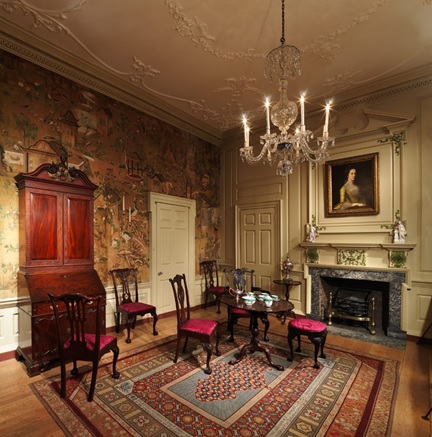
http://www.metmuseum.org/art/collection/search/6889
When we think of the most likely aesthetics of a haunted house, most will refer to 19th-century domestic architecture and design. The Gothic, Georgian and Victorian revival styles of this era stand at the fore front of the houses seen being represented in horror fiction.
American architecture and interior style from many eras, in general, tends to exist the most in environmental portrayals of horror. This is perhaps due to the high budget films in Hollywood and the rich history of religious influence.
Age
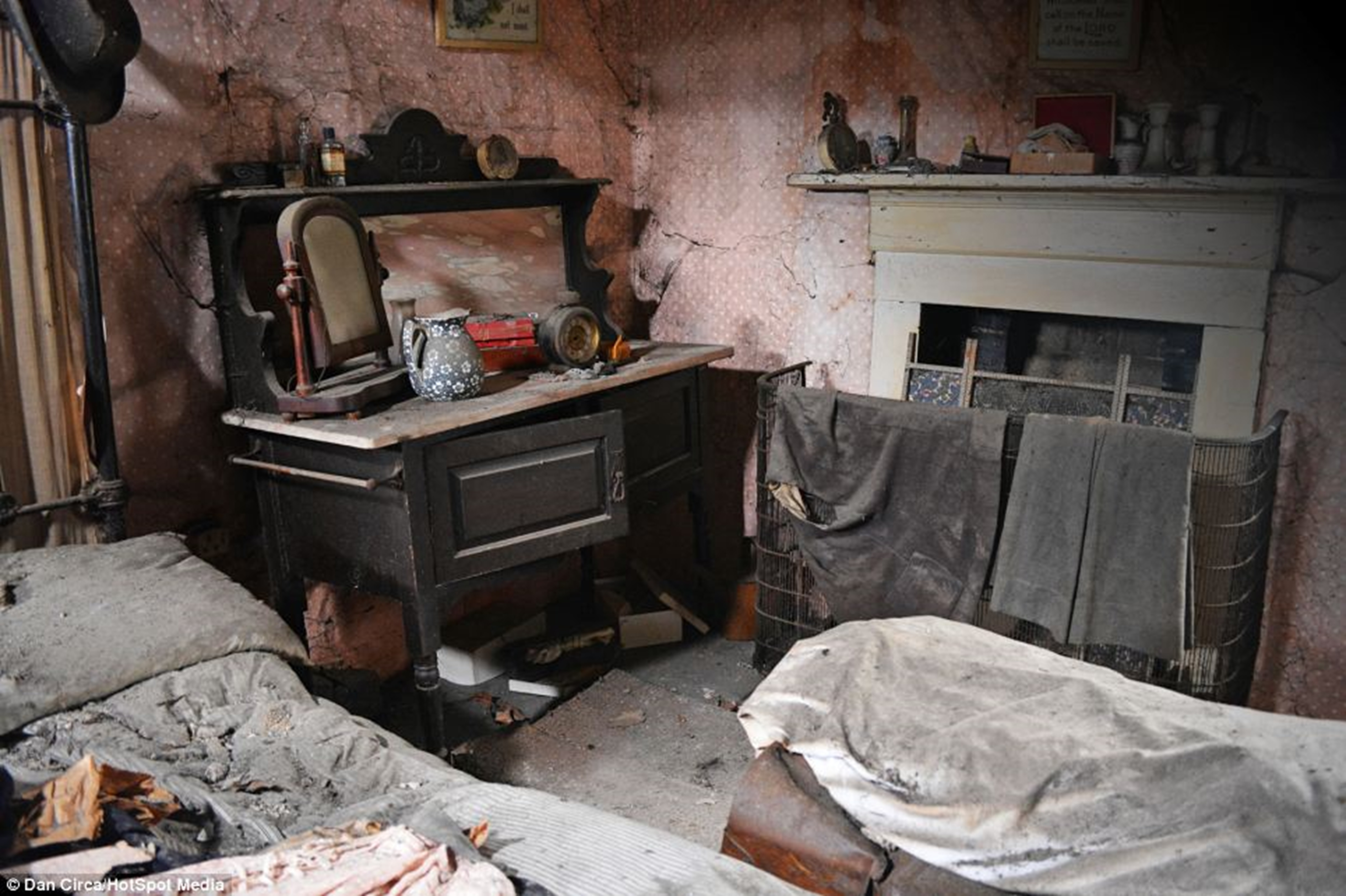
http://www.dailymail.co.uk/news/article-2575530/Inside-haunted-cottage-tragic-past-left-rot-300-years-valuables-clothes-pictures-clocks-left-untouched.html
An older building is, of course, more likely to have a richer history of tragedy, but is also common for rumours and hearsay to form over many years. So, the older the building, the more likely it is to be haunted!
Considering all of these factors, many historical buildings (whether they’re haunted or not) thrive with their rich value of character and quality. Julia Rochhi (2015) at the National Trust for Historic Preservation describes the importance of preservation;
“Buildings of a certain era, namely pre-World War II, tend to be built with higher-quality materials such as rare hardwoods (especially heart pine) and wood from old-growth forests that no longer exist.”
This is important to remember next time you’re too scared to go into an old building because it ‘might be haunted’!
Thanks for reading and stay tuned for Volume 2 which will go into more detail about the influence of horror in interior design.
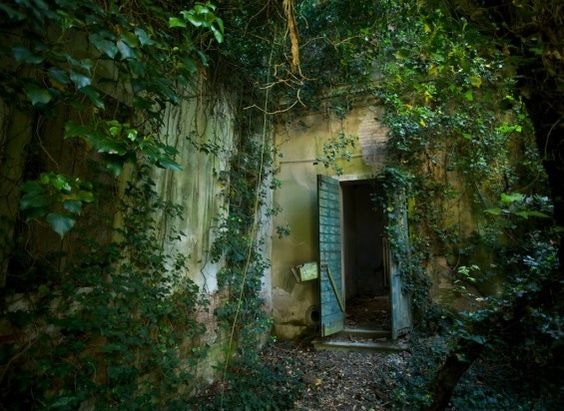
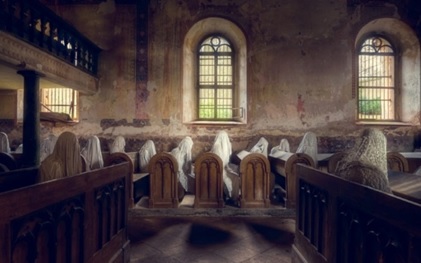
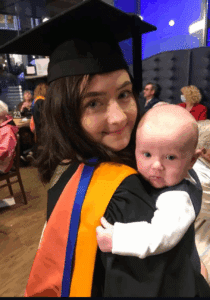

One Response
This is really a terrifying article. I was actually feeling all of this while reading about the intimidating interiors. It is really Haunted.